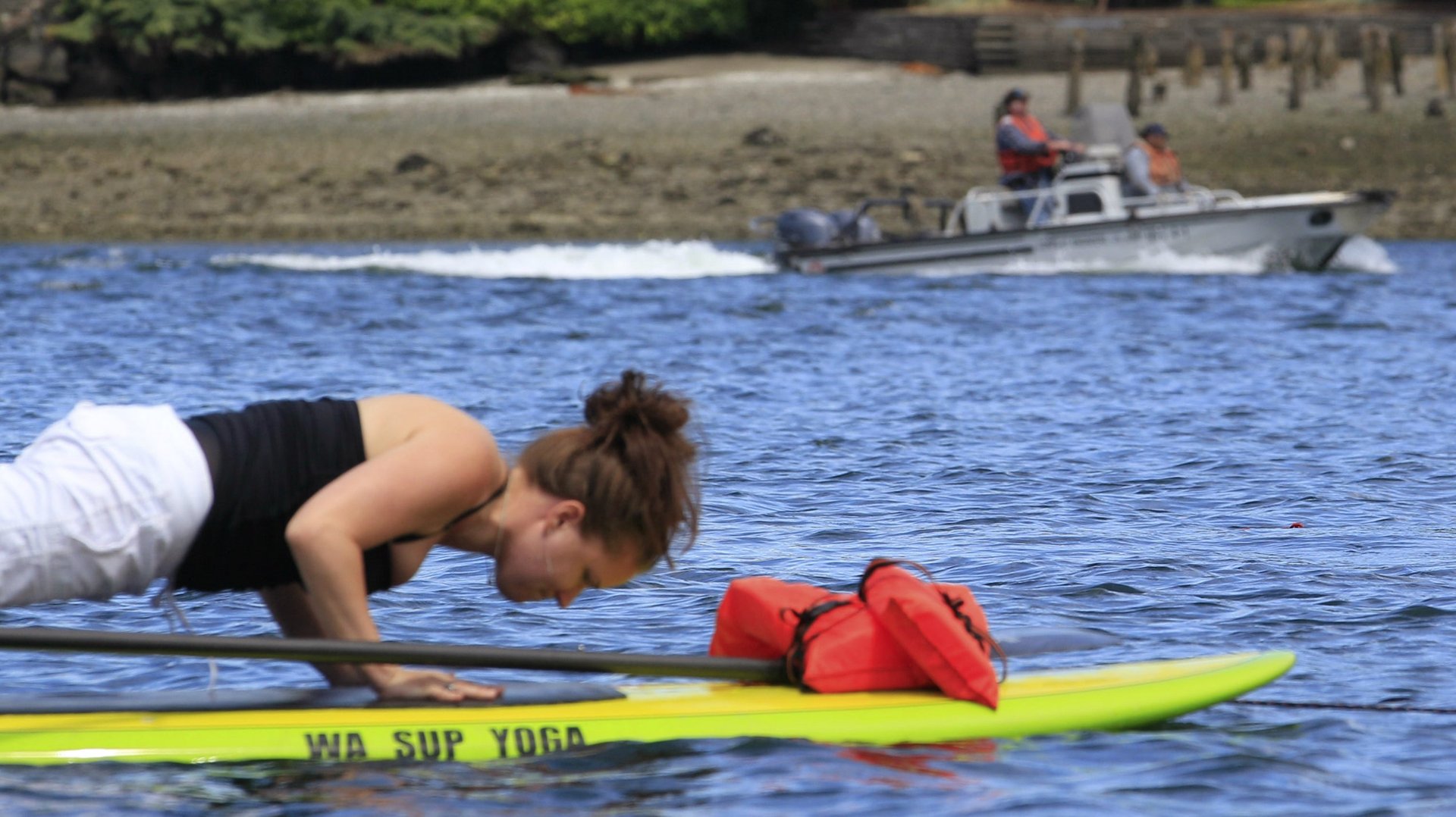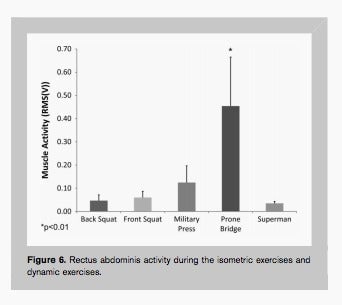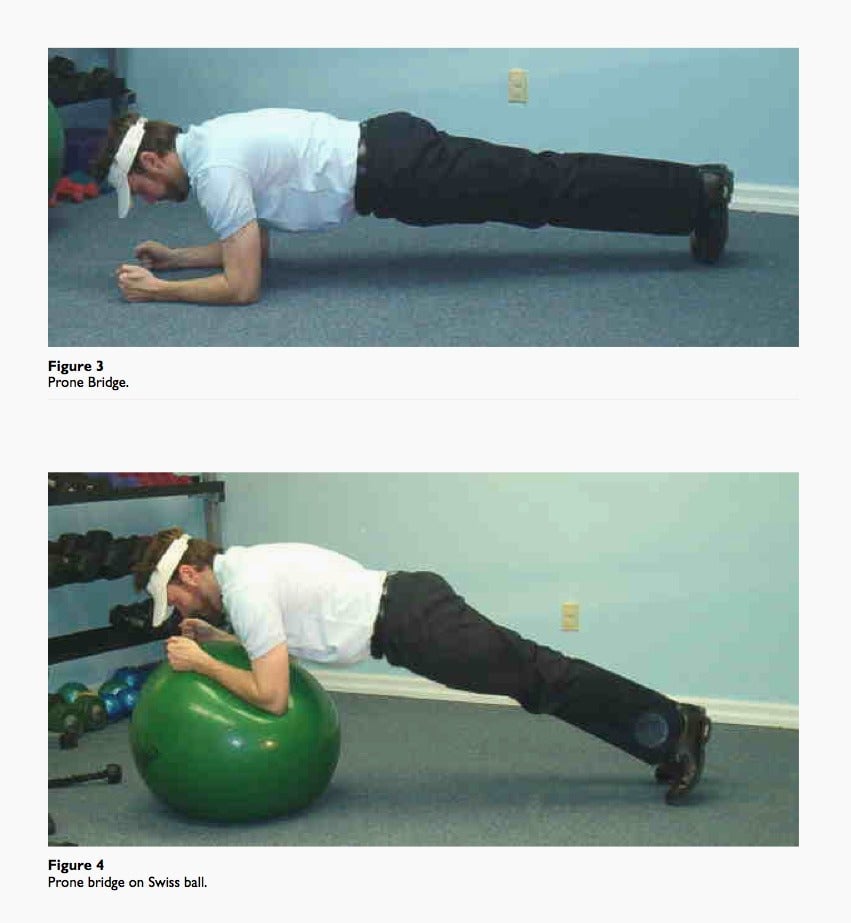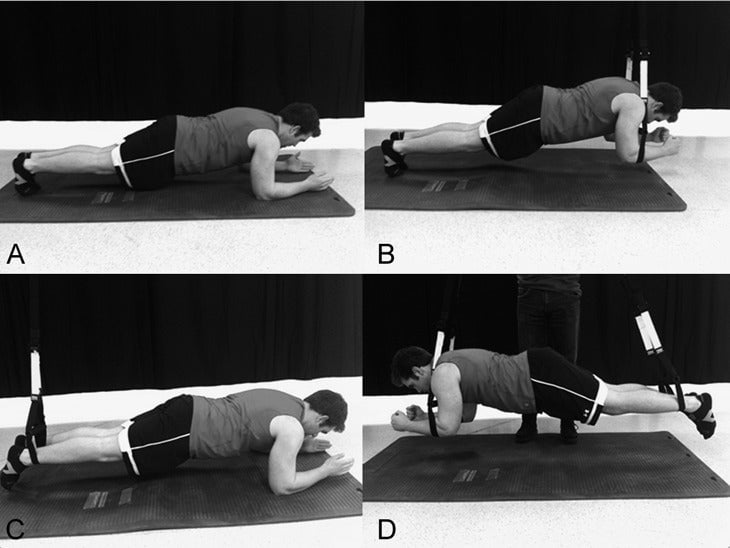Three easy ways to make the excruciating plank exercise even worse
Just recently, a 51-year-old Danish fitness instructor, Tom Hoel, reportedly notched a new record for planking, beating the previous Guinness world record of four hours and 26 minutes by 45 seconds. In Southern California, a US marine veteran is aiming to make another run at the record.


Just recently, a 51-year-old Danish fitness instructor, Tom Hoel, reportedly notched a new record for planking, beating the previous Guinness world record of four hours and 26 minutes by 45 seconds. In Southern California, a US marine veteran is aiming to make another run at the record.
Such displays of planking prowess are well beyond the reach of everyday enthusiasts. But the plank—sometimes known in exercise geek circles as the “prone bridge”—should really be part of your exercise routine.

A 2011 paper from the Journal of Strength and Conditioning Research looked at a range of exercises for their impact on so-called “core” muscles. It found that the “prone bridge” did a lot to activate the rectus abdominis muscle (the abs). And unlike traditional sit-ups and crunches, the plank requires no flexing of the spine, which some worry may cause injuries.
But what if the traditional plank just isn’t doing it for you anymore? Well, there are plenty of ways to make it tougher without maintaining the position for hours on end.
1. Use a Swiss ball. You know, one of those large, annoying plastic balls you see at the gym. A 2005 paper in the journal Chiropractic & Osteopathy found that performing the “prone bridge” on a Swiss ball, as in the photos below, increases the muscle activation levels in the core. (It’s unclear if the white visor is a crucial part of the exercise.)

2. Get suspended. An article in 2014 (pdf) in the Journal of Strength and Conditioning Research found that planks performed with the arms or legs in some sort of suspension apparatus (see below) could also boost ab muscle activation.

3. The LLPTP. What, you’ve never heard of the long-lever posterior-tilt plank? Here’s what it looks like.

Basically, instead of placing your elbows squarely under your shoulders while planking, extend them so they’re roughly at eye level. Also, move them slightly closer together than usual. That’s the “long-lever” part of the exercise.
The “posterior tilt” part means, essentially, squeezing your butt muscles—hard. Here’s a demo.
“Not only was it more challenging, it was ridiculous more challenging,” says Brad Schoenfeld, an assistant professor in exercise science at the Bronx’s Lehman College. Schoenfeld has studied the effect of the LLPTP on muscle activity and published a whole paper on the topic (pdf). ”The effects were huge,” he says.
So there you have it. Happy planking.